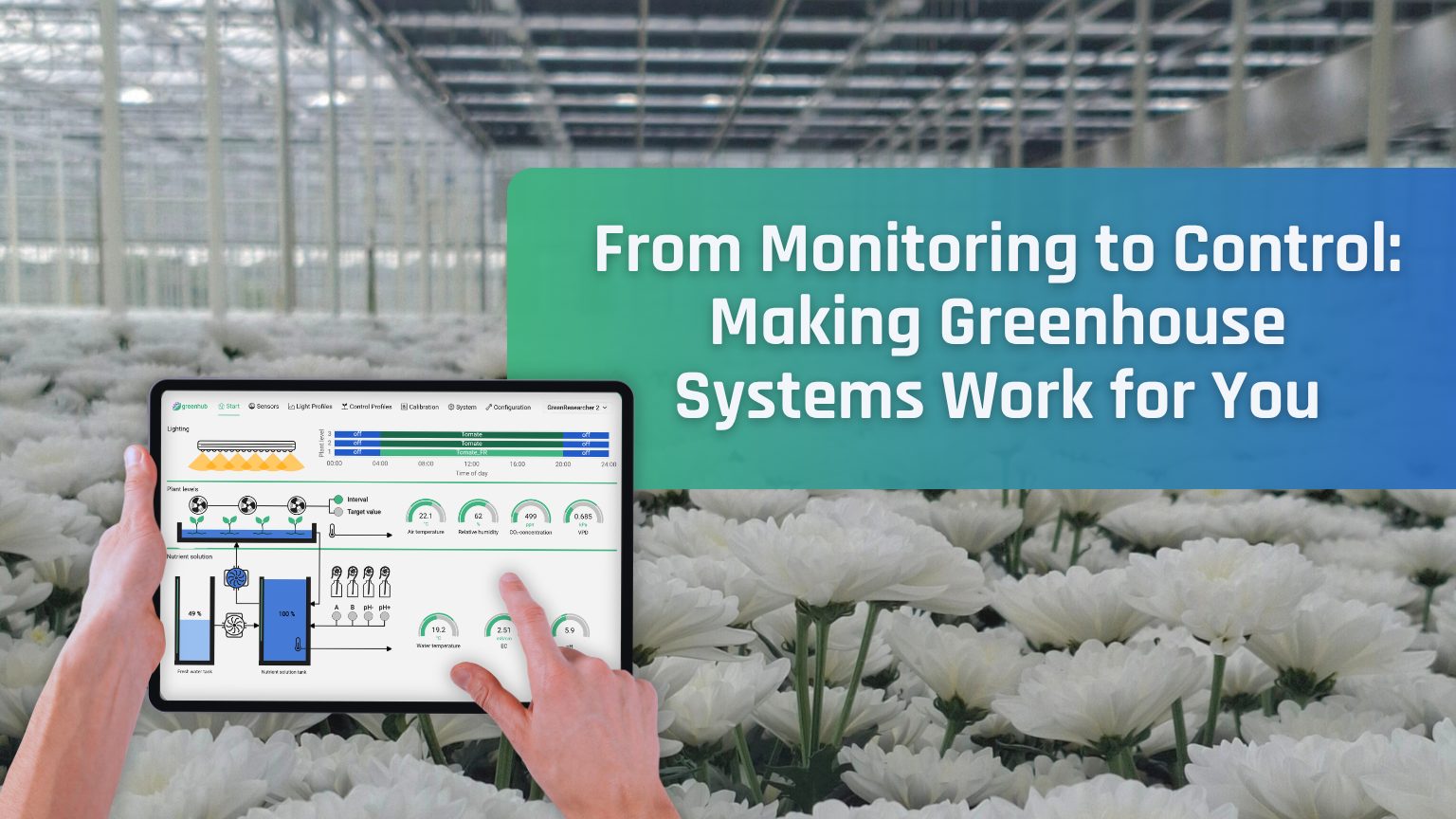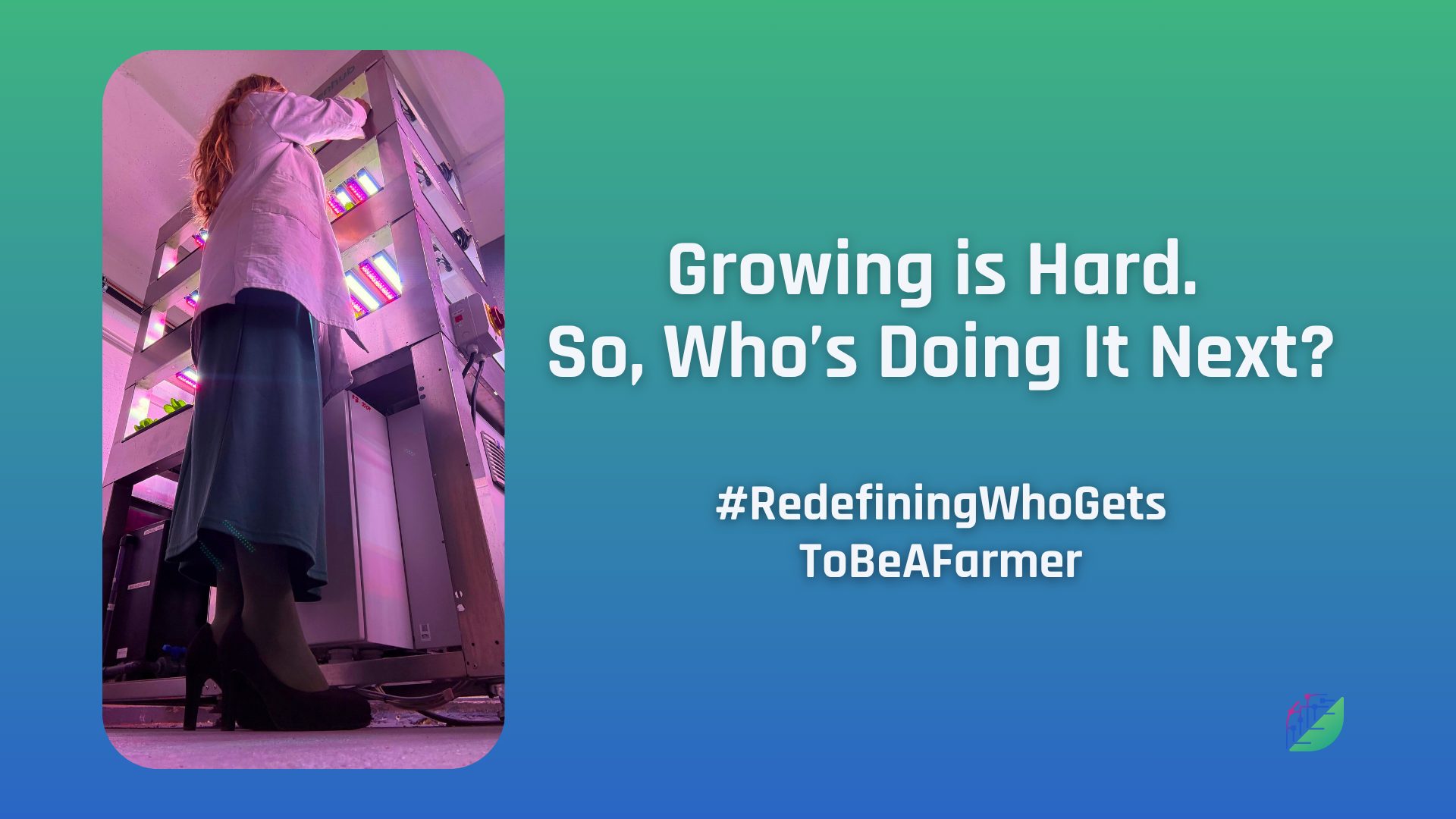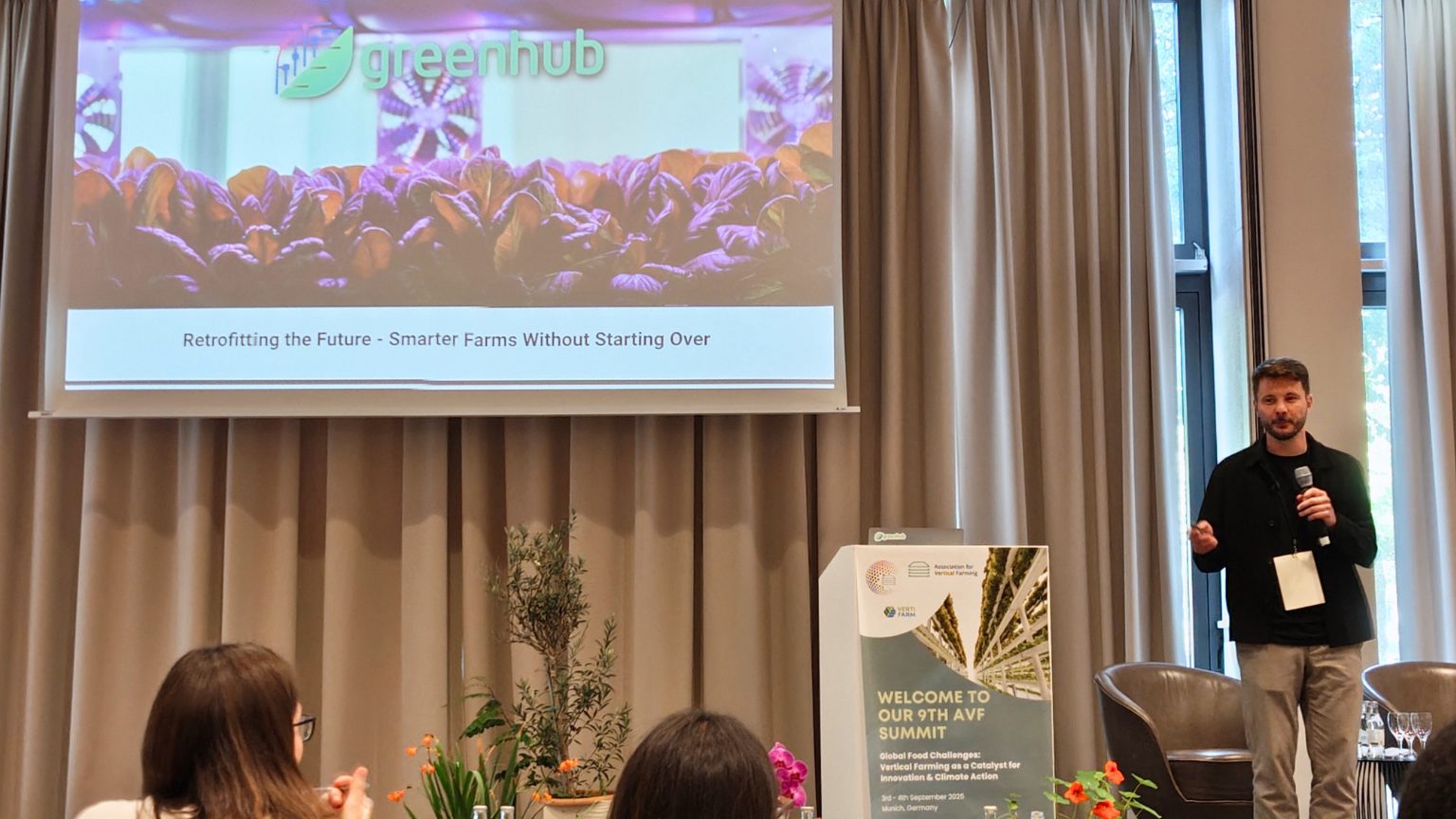1. Introduction: Agriculture’s Water Crisis in the Mediterranean
The Mediterranean region as a whole is described as a “climate change hot spot,” where changes in climatic parameters—especially temperature and precipitation—exceed global mean values (Climate Change in the Mediterranean: Environmental Impacts and Extreme Events: IEMed). Freshwater scarcity is one of the most urgent challenges facing Mediterranean agriculture today. Countries like Spain, Türkiye, Italy, and Greece are already experiencing the impacts of rising temperatures, declining rainfall, and overexploited aquifers. For farmers, this means shorter growing windows, unpredictable harvests, and rising input costs unless they adopt new water-smart practices.
- Rising temperatures: Mean annual temperatures across the Mediterranean Basin are about 1.5 °C above late 19th-century levels, exceeding the global average (Climate Change in the Mediterranean: Environmental Impacts and Extreme Events: IEMed). This warming has led to more frequent and intense heatwaves, with continuous midday temperatures above 30 to 40 °C.
- Declining rainfall: There has been a “rapid change in the water cycle due to increased evaporation and less rainfall.” Projections indicate “substantial reductions of water availability by 2–15% for 2 °C of warming,” which is one of the largest decreases globally (Climate Change in the Mediterranean: Environmental Impacts and Extreme Events: IEMed). River flow and discharge are also expected to significantly decrease.
- Overexploited aquifers: The “overexploitation of existing water reservoirs and groundwater aquifers” is contributing to environmental stress (Climate Change in the Mediterranean: Environmental Impacts and Extreme Events: IEMed). In the Almería coastal region (Spain), “some water contamination problems of the underlying aquifers have already been detected.”
In southern Spain, for example, annual precipitation could drop by up to 30%, and in some regions even 40% (Climate Change in the Mediterranean: Environmental Impacts and Extreme Events: IEMed). Meanwhile, Türkiye’s agricultural sector consumes over 85% of the country’s total water use (World Bank to Support Farmers Enhance Crop Production and Food Availability in Türkiye)—a figure that is unsustainable in the face of climate change.
According to the Intergovernmental Panel on Climate Change (IPCC), every 1 °C increase in global temperature (up to 2.7 °C above pre-industrial levels) reduces renewable freshwater resources by at least 20%, potentially pushing millions more into water-stressed conditions. As temperatures rise, the number of people living in water-scarce river basins is expected to increase from 8% at 2 °C to 13% at 5 °C worldwide (IPCC, 2021). That’s why Mediterranean growers need solutions now, not just to survive climate shifts, but to stay competitive.
By 2100, regions across the Mediterranean could see irrigation water demands—already representing 50–90% of total water use in Mediterranean countries—increase by 4–18% as a result of climate change alone (for a 2 °C and 5 °C warming scenario, respectively), even as available freshwater declines (Climate Change in the Mediterranean: Environmental Impacts and Extreme Events: IEMed).
2. Drought Pressure Opportunities and Innovation, 3 Mediterranean countries highlighted
Türkiye
Funding Window:
$819M from the World Bank — Türkiye Second Irrigation Modernization and Water Efficiency Project (World Bank to Support Farmers Enhance Crop Production and Food Availability in Türkiye). Antalya has the largest greenhouse horticulture surface and is the first producer of the horticultural crops of Türkiye (Environmental and Economic Performance of Greenhouse Cropping in the Mediterranean Basin: Lessons Learnt from a Cross-Country Comparison).
→ Covers 72,000 ha, targeting 50,000+ farms
→ will serve farmers in and around central Anatolia region and Antalya province, targeting a population of over 550,000 people
→ Supports water-saving tech, infrastructure upgrades, and weather-resilient systems
Hydroponic Fit:
Soilless systems are expanding in geothermal zones with high-tech greenhouse support (Current trends in protected cultivation in Mediterranean climates). Antalya is a region to watch for hydroponics, thanks to geothermal potential and a well-established greenhouse sector.
Spain
Drought pressure opportunities:
While no direct national subsidies for hydroponics are published recently, the Andalusian Regional Government is investing over €15.7 million in 2025 to help more than 14,000 producers access combined agricultural insurance. This support aims to stabilize incomes in the face of climate-related risks like drought, frost, and storms — key issues that are pushing the need for more water-efficient and controlled farming systems (Source: Junta de Andalucía, July 2025). Although this aid is not tied to greenhouse modernization and is not a direct incentive for hydroponics, the insurance support signals growing public interest in risk mitigation an area where hydroponics offers clear advantages through controlled-environment growing. Safeguarding agricultural productivity in high-risk zones like Almería, with its well-established greenhouse sector, is becoming increasingly important.
In 2024, the Junta de Andalucía launched a €500 million rural aid package to support modernization, improve competitiveness, and attract a new generation to farming. This includes €100 million earmarked specifically for machinery and equipment upgrades, plus a €36 million investment in irrigation system modernization. A further €130 million will support young farmers, and €80 million is being made available through subsidized credit lines. While not hydroponics-exclusive, these funding lines are open to commercial farmers, including greenhouse operators in Almería — one of Europe’s most water-stressed production zones.
(https://www.surinenglish.com/andalucia/the-regional-government-injects-liquidity-into-the-20240417075748-nt.html)
Hydroponic Fit:
Updating irrigation to hydroponics or drip systems can solve issues related to drought by retrofitting parts of the big greenhouse regions. Digitalization can help attract younger farmers to this region. Hydroponics turns water risk into a competitive edge — using less water and offering more stable yields in extreme conditions. So, it is a strategic investment on both ends.
Greece
Funding Window:
In November 2024, the Greek government announced the €150 million Intervention P3-73-2.9 as part of its 2023–2027 CAP Strategic Plan, designed to support the modernization or construction of greenhouses and mushroom shelters. The scheme provides 50–70% subsidies for investments in:
- Hydroponic and soilless cultivation systems
- Heating, cooling, automation, and shading
- Water and nutrient recycling systems
- Solar and renewable energy integration (up to 30%)
Eligible applicants include individual farmers, cooperatives, and agri-legal entities registered in the national agricultural registry.
Source: Ministry of Agricultural Development & Food (Greece), Nov 2024
Why This Matters Now:
Greece is facing a deepening water crisis, with reservoirs shrinking, crop failures mounting, and rural communities running dry. In 2024 alone, entire harvests — such as cotton and olives — were halted due to lack of irrigation, especially in Thessaly, Crete, and central Greece (Kathimerini, July 2024; To Vima, July 2024).
The pressure on farmers is intensifying:
- 55% of total water use in Greece is for agriculture
- Several regions imposed irrigation bans during critical growing periods
- Soil degradation and salinity are rising due to over-irrigation and drought cycles
Hydroponics fit:
This funding comes at a crucial moment for growers seeking water-resilient solutions. Hydroponic systems use up to 90% less water, can be operated in closed-loop setups, and offer precise climate control — making them ideal for regions like Crete, Thessaly, and the Aegean islands.
The initiative also supports:
- Retrofitting older greenhouses with smart technology
- Combining solar power with automated irrigation
- Growing high-value crops in limited spaces
By enabling a shift toward controlled-environment agriculture, this program offers an opportunity for tools to futureproof not just farms, the future of food security in water-stressed regions of Greece.
3. What Next? Exploring ways to leverage hydroponics, indoor farming and CEA.
EU Funding Is Evolving, So Should Your Growing Strategy
As climate change intensifies across Europe, the European Commission is rolling out a new wave of water-saving subsidies under the Common Agricultural Policy (CAP). The upcoming revision includes:
- Support for drought-resistant crops in arid regions
- Funding for precision irrigation and water reuse technologies
- “Transition Packages” for farms adopting sustainable, climate-smart practices
- Additional financing via the European Investment Bank for ecosystem resilience
These measures signal a strategic pivot: European agriculture must now balance production with climate adaptation and water efficiency. For Mediterranean growers, especially in water-stressed regions like Greece, Spain, Türkiye, and Italy, this is both a challenge and an opportunity.
Hydroponic systems are a great growth strategy to leverage these budgets and futureproof your farm. With up to significant water savings, efficient nutrient delivery, and year-round production, soilless farming is perfectly aligned with the EU’s new sustainability criteria.
How greenhub can support you:
At greenhub, we help Mediterranean farmers future-proof their businesses with:
✅ Guidance for hydroponic funding eligibility & applications
✅ Access to hydroponic technology, our partners and system setup.
✅ Agronomic, technical, and financial guidance for system setup.
✅ Retrofits for existing greenhouses or full indoor farming systems.
✅ Guidance in making the transition to hydroponic growing and cultivation recipe development.
Let us know what you are growing and what your goals are, we’re here to bridge the gap between policy and practice.
🚀 Ready to take the next step? Contact greenhub today and let’s shape the future of Mediterranean farming, together.
Curious if hydroponics is right for your farm? Our GreenConnect and GreenPro tools can help you take the first step.





